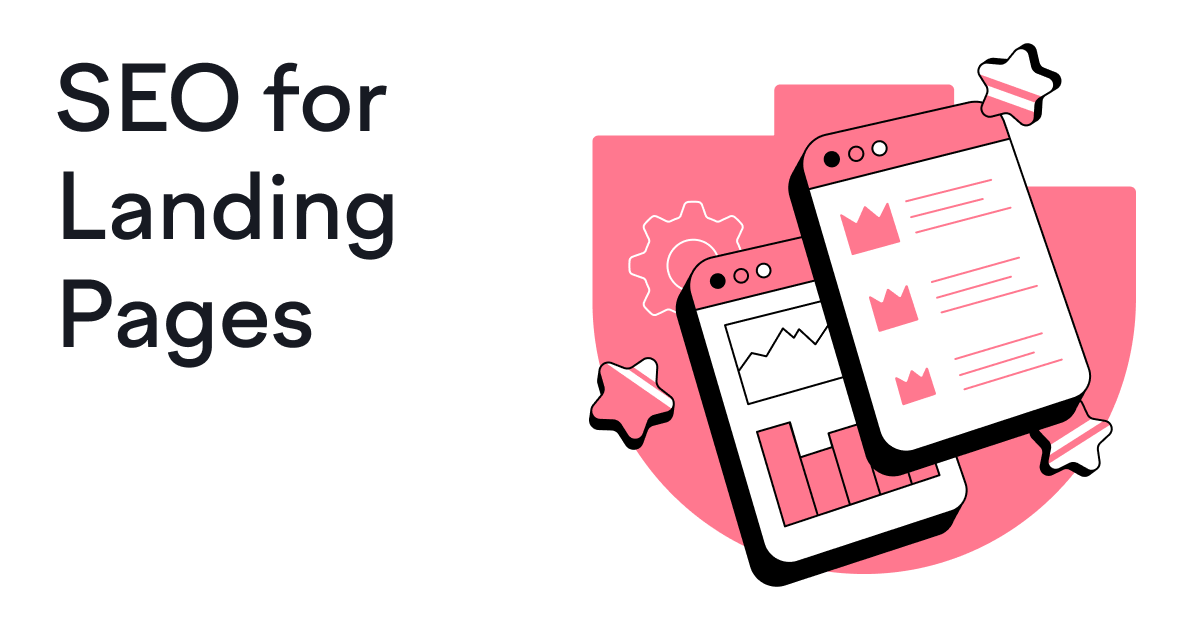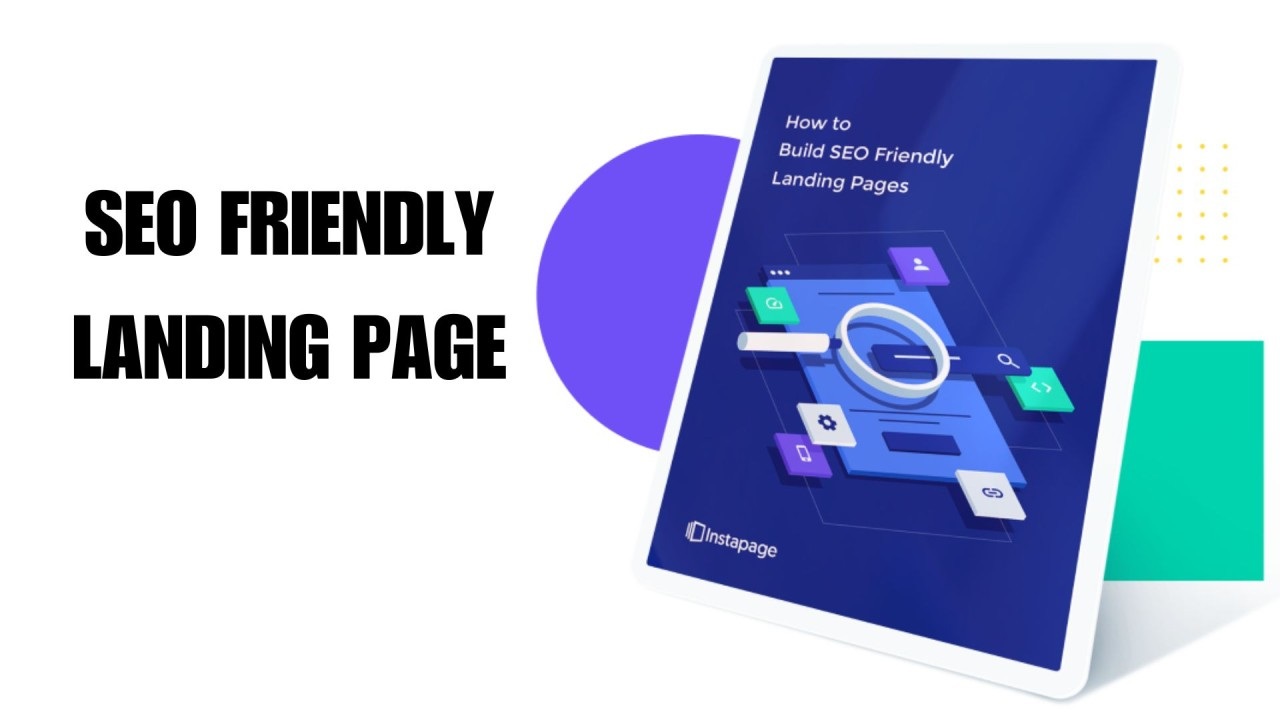How to Create SEO Landing Pages That Convert
In the ever-evolving digital landscape, the importance of SEO-friendly landing pages cannot be overstated. At Indidigital, we understand that a well-crafted landing page is not only about attracting visitors but also about converting them into customers. This article will guide you through the essential steps to create SEO-friendly landing pages that convert, ensuring your business maximizes its online potential.
Understanding the Importance of Landing Pages
Landing pages are standalone web pages created specifically for marketing or advertising campaigns. They are designed with a single focus or goal, known as a call-to-action (CTA). Unlike general website pages, landing pages are laser-focused on converting visitors by capturing leads, promoting products, or driving sales.
Step-by-Step Guide to Creating Landing Pages
Keyword Research
The foundation of any SEO-friendly landing page is thorough keyword research. Identify relevant keywords and phrases that potential customers are searching for. Tools like Google Keyword Planner, SEMrush, and Ahrefs can help you find high-volume, low-competition keywords.
Our Tip: Focus on long-tail keywords that are more specific and often have a higher conversion rate. For example, instead of targeting “shoes,” target “affordable running shoes for women.”
Compelling Headline
Your headline is the first thing visitors see, so it needs to be compelling and keyword-rich. A strong headline captures attention and clearly communicates the value proposition.
Example: “Discover Affordable Running Shoes for Women – Comfort and Style Combined!”
Engaging and Relevant Content
Content is king in the SEO world. Ensure your landing page content is engaging, relevant, and tailored to your audience’s needs. Use the targeted keywords naturally throughout the text, but avoid keyword stuffing.
Our Tip: Break up content with subheadings, bullet points, and short paragraphs to make it easily scannable. Include multimedia elements like images and videos to enhance user experience.
Optimized Meta Tags
Meta tags, including the title tag and meta description, play a crucial role in SEO. They should be compelling and include your primary keywords.
Example Title Tag: “Affordable Running Shoes for Women | Comfort and Style”
Example Meta Description: “Discover the best affordable running shoes for women. Shop now for comfort and style combined. Free shipping on all orders!”
High-Quality Images and Alt Text
Visual elements enhance user engagement, but they must be optimized for SEO. Use high-quality images and include descriptive alt text with relevant keywords.
Our Tip: Compress images to ensure fast loading times, as page speed is a critical factor for both SEO and user experience.
Clear and Strong Call-to-Action
Your landing page should have a clear and strong call-to-action that guides visitors towards the desired action. Whether it’s signing up for a newsletter, downloading a free e-book, or making a purchase, the CTA should be prominently displayed.
Example CTA: “Shop Now” or “Get Your Free Guide”
Mobile Optimization
With the majority of searches now conducted on mobile devices, ensuring your landing page is mobile-friendly is essential. A responsive design that adjusts to different screen sizes will improve user experience and SEO rankings.
Our Tip: Test your landing page on various devices to ensure it looks and functions perfectly on all screens.
Fast Loading Speed
Page speed is a crucial factor for both user experience and SEO. Slow-loading pages can increase bounce rates and negatively impact your rankings. Use tools like Google PageSpeed Insights to test and optimize your page speed.
Our Tip: Optimize images, leverage browser caching, and minimize code to improve loading times.
Trust Signals and Social Proof
Including trust signals such as customer testimonials, reviews, and trust badges can enhance credibility and increase conversions. Social proof shows potential customers that others have had positive experiences with your product or service.
Example: “Rated 4.8/5 by 2,000+ satisfied customers”
Analytics and Continuous Optimization
Finally, use analytics tools like Google Analytics to track the performance of your landing page. Monitor key metrics such as traffic, bounce rate, and conversion rate. Use this data to continuously optimize your page for better performance.
Our Tip: A/B testing different elements of your landing page, such as headlines, CTAs, and images, can provide valuable insights into what resonates best with your audience.
Conclusion
Creating SEO-friendly landing pages that convert requires a strategic approach and attention to detail. By following these steps, you can ensure that your landing pages not only attract visitors but also convert them into loyal customers. At Indidigital, we specialize in crafting high-converting landing pages that drive results. Partner with us to elevate your online presence and achieve your business goals. To get in touch with INDIDIGITAL TEAM, contact at +91-9971778006, email us- contact@indidigital.com. Visit our website Indidigital or lead generation companies in mumbai you can also contact us on our Facebook handles.



